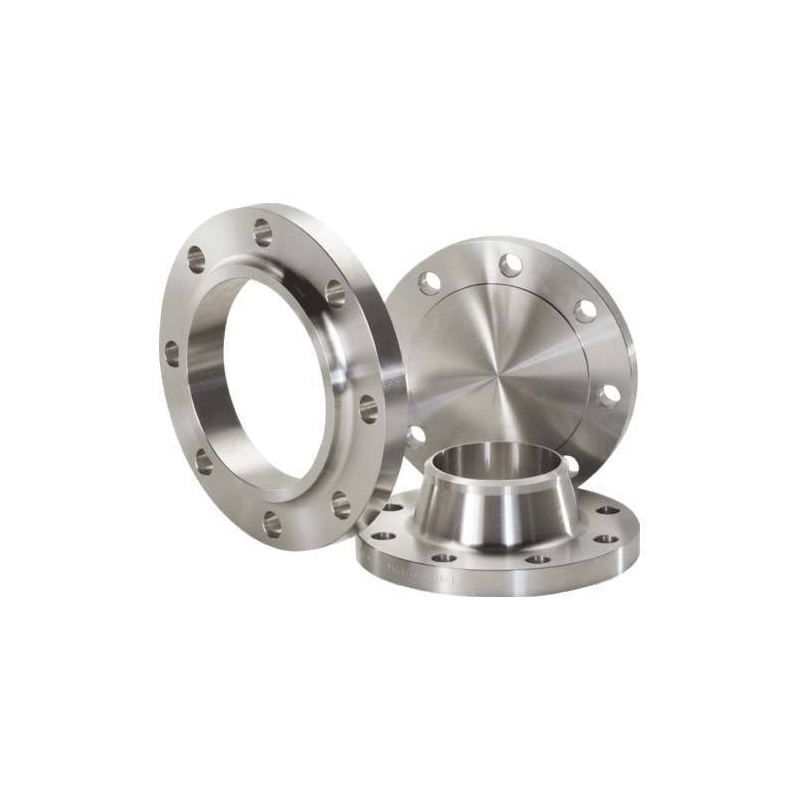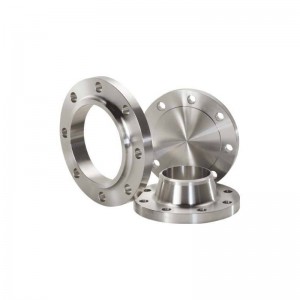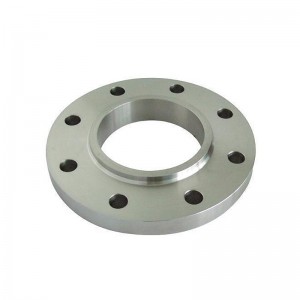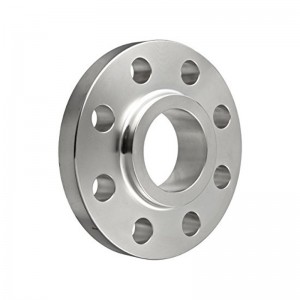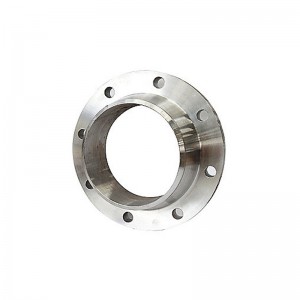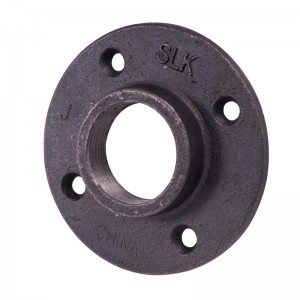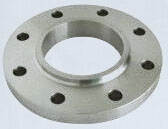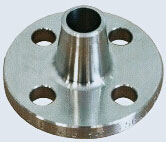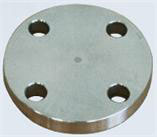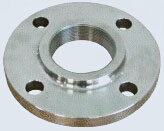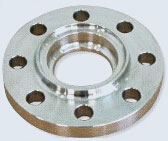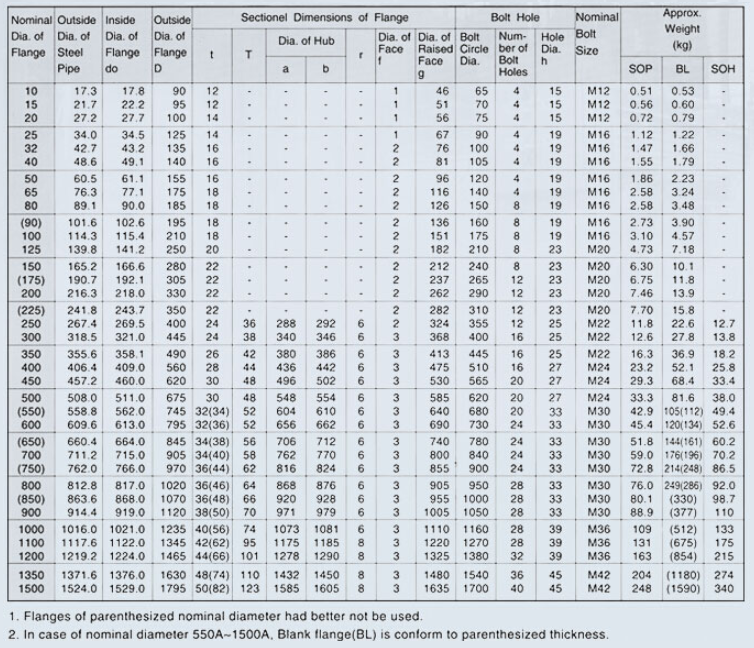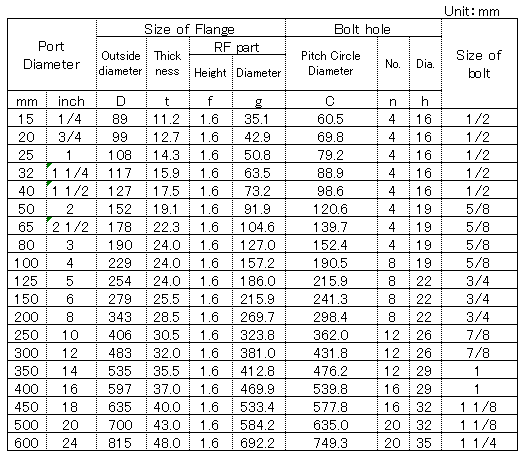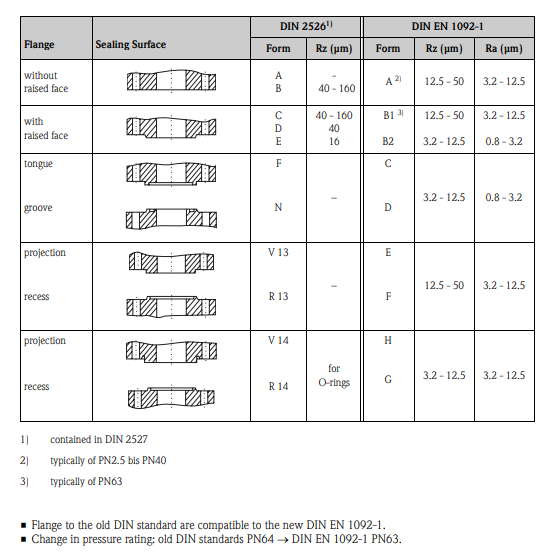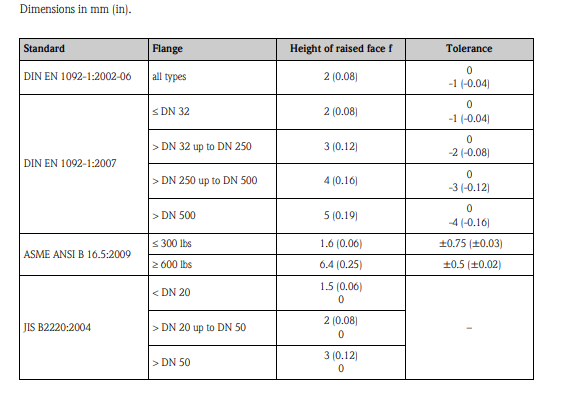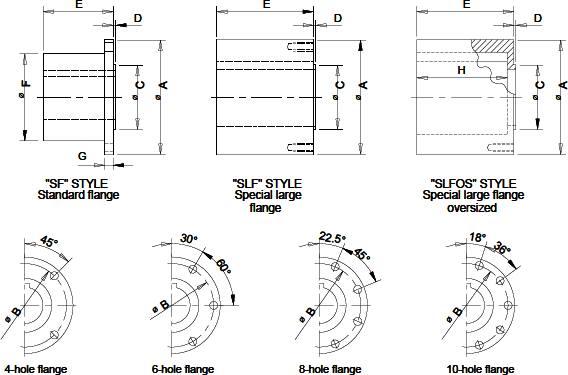1. Slip-on pipe flanges
Slip-on pipe flanges actually slip over the pipe. These pipe flanges are typically machined with an inside diameter of the pipe flange slightly larger than the outside diameter of the pipe. This allows the flange to slide over the pipe but to still have a somewhat snug fit. Slip-on pipe flanges are secured to the pipe with a fillet weld at the top and the bottom of the slip-on pipe flanges. These pipe flanges are also further categorized as a ring or a hub
2. Weld neck pipe flanges
Weld neck pipe flanges attach to the pipe by welding the pipe to the neck of the pipe flange. The allows for the transfer of stress from the weld neck pipe flanges to the pipe itself. This also reduces high stress concentration at the base of the hub of the weld neck pipe flanges. Weld neck pipe flanges are often used for high pressure applications. The inside diameter of a weld neck pipe flange is machined to match the inside diameter of the pipe.
3. Blind pipe flanges
Blind pipe flanges are pipe flanges used to seal the end of a piping system or pressure vessel openings to prevent flow. Blind pipe flanges are commonly used for pressure testing the flow of liquid or gas through a pipe or vessel. Blind pipe flanges also allow easy access to the pipe in the event that work must be done inside the line. Blind pipe flanges are often used for high pressure applications. Slip on Pipe flanges with a hub have published specifications that range from 1/2" thru 96".
4. Threaded pipe flanges
Threaded pipe flanges are similar to slip-on pipe flanges except the bore of threaded pipe flange has tapered threads. Threaded pipe flanges are used with pipes that have external threads. The benefit of these pipe flanges is that it can be attached without welding. Threaded pipe flanges are often used for small diameter, high pressure requirements. Slip on Pipe flanges with a hub have published specifications that range from 1/2" thru 24".
5. Socket-weld pipe flanges
Socket-weld pipe flanges are typically used on smaller sizes of high pressure pipes. These pipe flanges are attached by inserting the pipe into the socket end and applying fillet weld around the top. This allows for a smooth bore and better flow of the fluid or gas inside of the pipe. Slip on Pipe flanges with a hub have published specifications that range from 1/2" thru 24".
Endress+Hauser usually delivers only flanges with flat face. This type of flange has hardly changed. Thus, a
comparison is done only for this sealing surfaces. Due to the change of the designation of the sealing surface
mistakes may occur occasionally. The roughness (Rz) of the old raised face form C and the new one B1 have
an overlapping between 40 to 50 μm. In this roughness window both standards are fulfilled.
Therefore, at Endress+Hauser the flanges are specified according to both flange standards. This double marking
makes it clear that both standards are met.
Light Oiling/Black Painting


